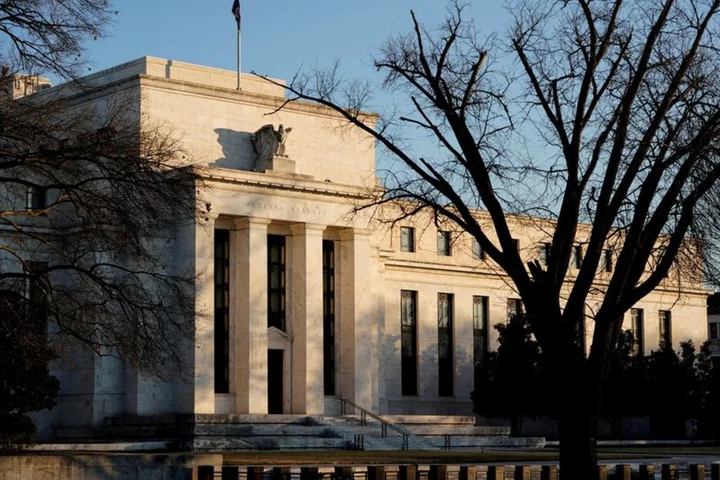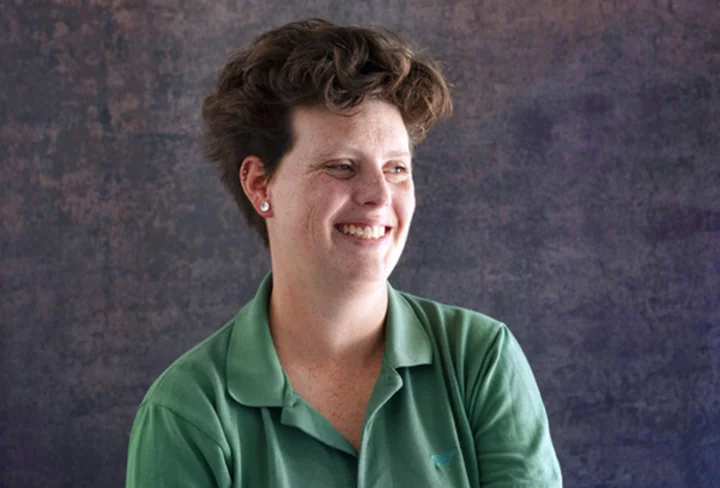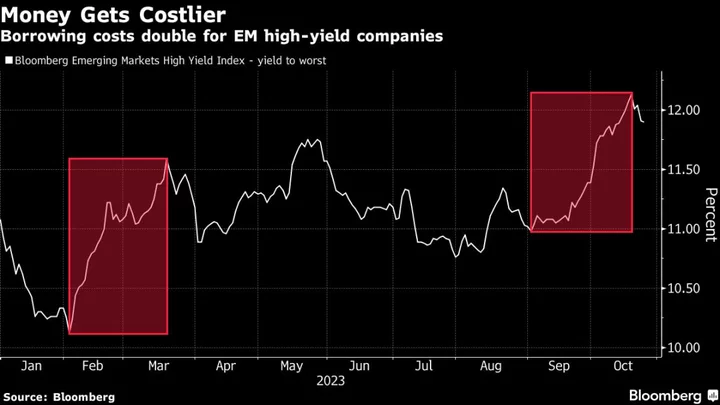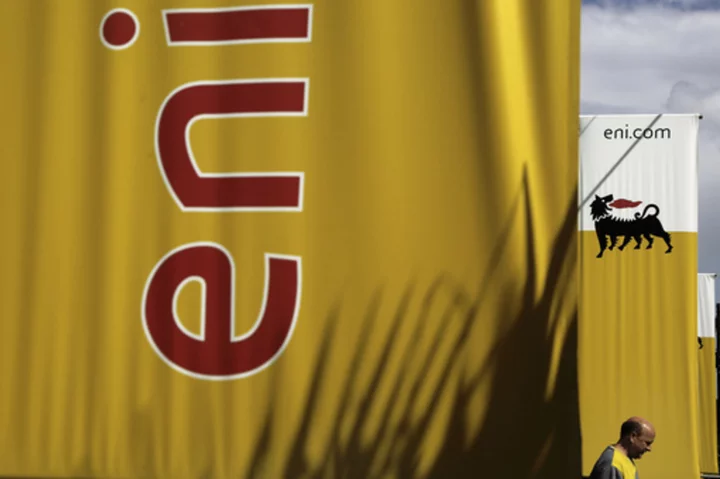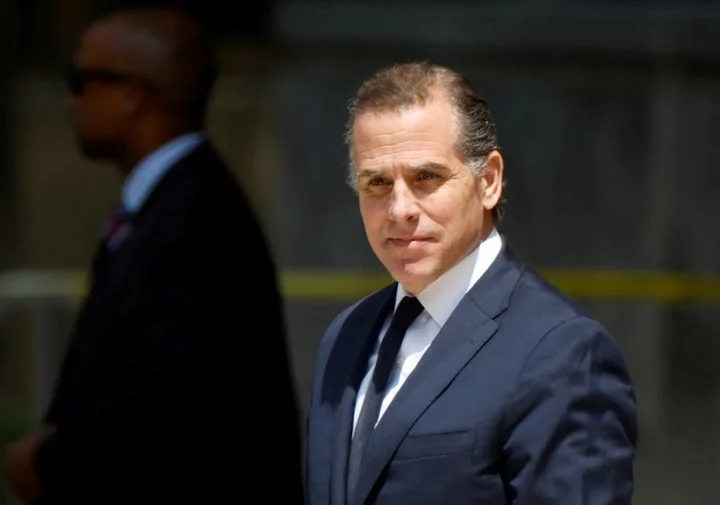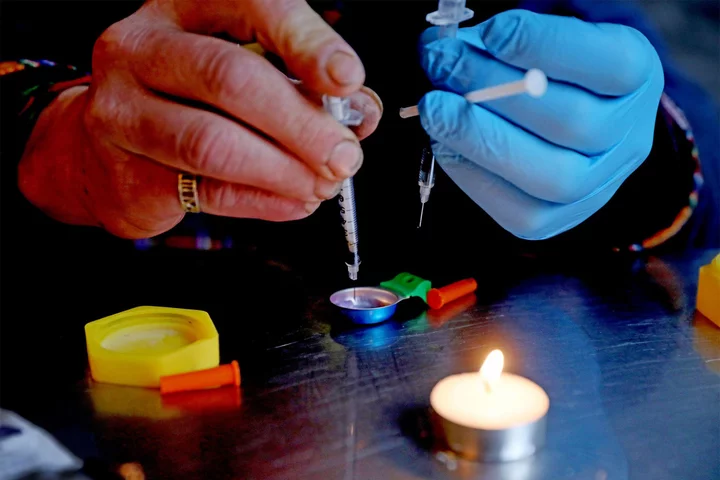By Ann Saphir and Michael S. Derby
As Federal Reserve officials near the midway point between their last policy meeting and the final one of the year, they appear to be converging on a message of patience, a signal they intend to leave interest rates unchanged as they wait for more evidence inflation is cooling.
"We can take our time to do it right," San Francisco Fed President Mary Daly on Friday told a central banking conference in Frankfurt, Germany, referring to the U.S. central bank's battle to bring down high inflation.
The Fed is not certain it's done enough to get inflation on track toward its 2% goal, she said, but the full effect of its rapid rate increases to date may be yet ahead. That uncertainty calls for "patience" and "measured" policy adjustments, she said.
At the same time, Daly said she wants to communicate "resolve," a word that central bankers typically surface to show they are not ruling out a rate hike if needed, or mean to suggest rate cuts could come soon.
Speaking on CNBC, Boston Fed President Susan Collins also said the U.S. central bank must be "patient and resolute, and I wouldn't take additional firming off the table."
The Fed raised short-term borrowing costs aggressively last year, and in July it delivered what many analysts now believe was the final rate hike in its current inflation battle.
Inflation by the Fed's preferred measure was 3.4% in September, down from its 7.1% peak last summer, but above the central bank's target.
With labor markets rebalancing but inflation still too high, Collins said, "the key point is we need to really stay the course."
After the Fed's decision in September to keep the policy rate in what is still the current 5.25%-5.50% range, a number of U.S. central bankers cited the rise in longer-term bond yields as one reason it may not need to do any more policy tightening of its own.
Minutes of the Fed's Oct. 31-Nov. 1 meeting are due to be released on Tuesday, and are expected to shed light on how much impact the higher bond yields had on the Fed's decision to stand pat at that meeting.
YIELDS DECLINE
Since then, the yield on the 10-year Treasury note has dropped by about half a percentage point from its mid-October near-5% peak, to the potential discomfort of Fed policymakers.
But, as analysts at Deutsche Bank wrote on Friday, "while the recent easing could produce a more hawkish Fed in theory, the Fed can afford to be less concerned with this easing given recent data showing progress on the labor market and inflation."
Collins did not directly comment on the recent retreat in yields but did note that she was "seeing evidence of the kind of restrictiveness that's consistent with the orderly slowdown that we're looking for to realign demand with supply and continue the inflation moderation that we need."
And while Chicago Fed President Austan Goolsbee on Friday acknowledged the decline in the 10-year Treasury note yield, he said he felt inflation is on track toward the Fed's target, as long as housing price pressures ease, which he expects.
And he expressed increased confidence that the Fed can meet its inflation goal without the kind of rise in unemployment seen in the U.S. central bank's prior battles with inflation.
In October, the jobless rate was 3.9%, only a few tenths of a percentage point higher than where it was when the Fed began raising rates in March 2022.
Speaking on Thursday, Cleveland Fed President Loretta Mester, one of the central bank's more hawkish policymakers, said she had not yet assessed whether she would continue to pencil in a further rate hike. Fresh economic and interest rate projections are due to be the released at the Dec. 12-13 policy meeting.
(Reporting by Ann Saphir, Michael S. Derby, Pete Schroeder, Dan Burns and Balazs Koranyi; Editing by Paul Simao)

